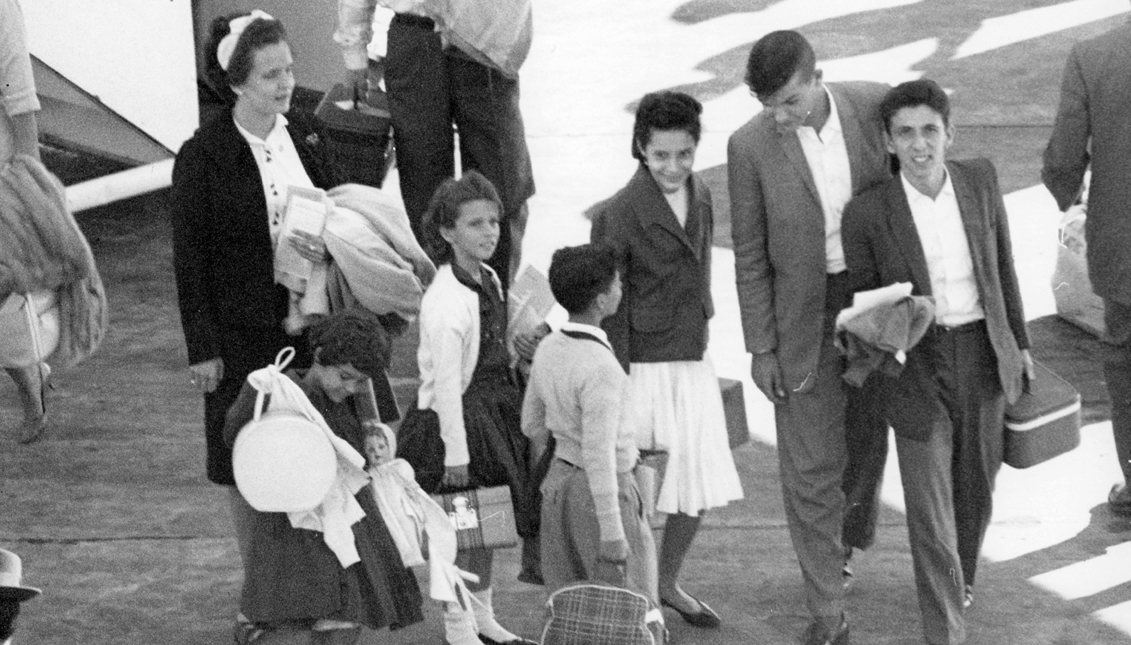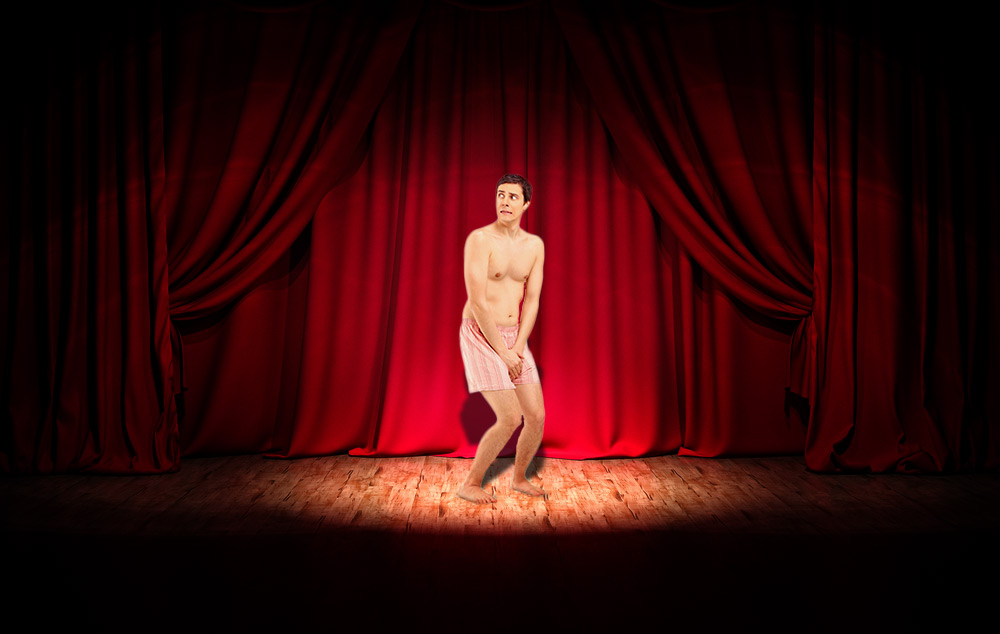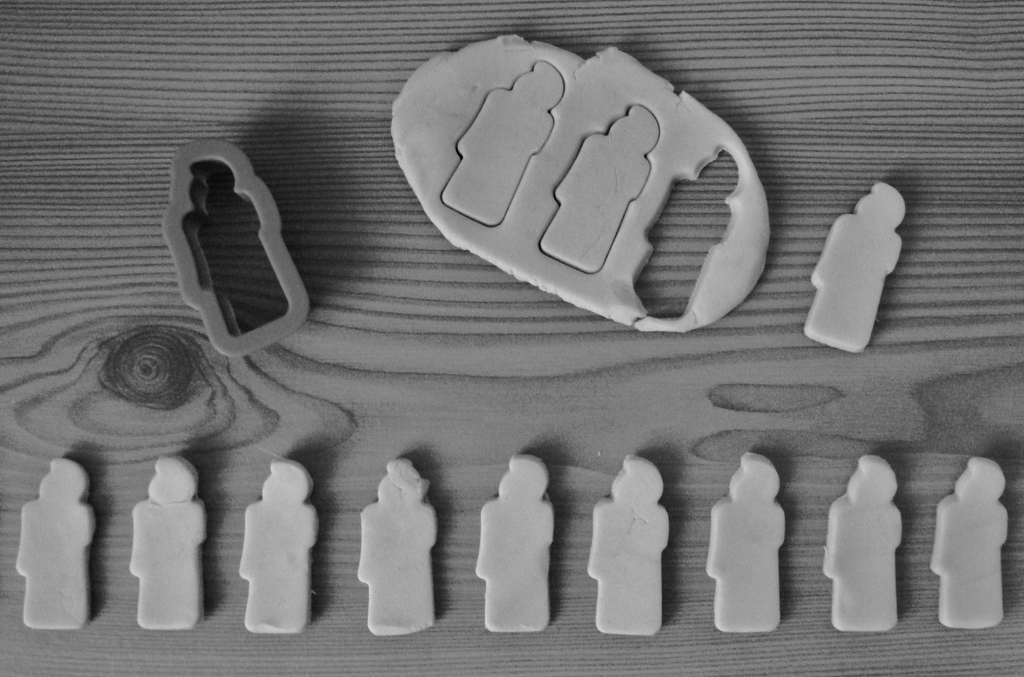
Theatre of CardsFebruary 7th, 2016Does our work live on after the final curtain? What remains when the show closes? I used to think working in theatre was like building the card towers I spent hours on as a kid. We devote tremendous amounts of time and effort rehearsing it, building it, marketing it, and at the end of the run everything is torn down and disposed; nothing remains of our combined efforts but an empty stage and a resume credit…or, so I thought. I started thinking about how a painter has a painting to show for his effort—it can stick around for hundreds of years or more. A sculptor has a statue that will hold its pose long after the artist is gone. So where is the theatre-artist’s Sistine Chapel, David, or Son of Man? Does anything of our work remain? I believe there is something left: our work lives on in the audience. A strong work of art shows us not life as it is, but life as it could be; it shows us our potential. It’s a road map for the people who see it, giving them something to work toward. That kind of inspiration has very powerful, real-world effects that shape humanity for generations to come Just one example is the ancient greeks. They created statues that were more muscular and perfectly proportioned than the human body is capable of being in real life, and it’s no coincidence that the people who passed by those statues on a daily basis are the same people who went on to invent fitness and the Olympics. That’s a lasting impact. You need at least one person to take in the play and walk away, and some part of it will remain in him, even as the set comes down, the costumes go into storage and the actors go on to explore other roles. It remains in that feeling you get after seeing a great performance (of any kind) and you leave fired up, inspired to go leave your mark on the world. It’s in that bit of extra confidence you needed to quit your day job and seek your dreams. It’s in the new perspective you needed to better understand the loss of a loved one or the lifestyle choices of your neighbor. That’s the medium in which we work. When we’re gone, you won’t find our creations on a wall somewhere, or in a garden, or up for auction at Sotheby’s, but you will find them in the tens of millions of people who came to see our shows in every corner of the world where someone setup a stage and told their community a story. You’ll find our work in the history books as societies makes the slow and arduous transition away from hate and toward understanding, in part because enough individuals saw a play or a movie, or heard a song, that broadened their mind and showed them their potential. That’s true for the painters and sculptors as well. With no one there to take it in and walk away, the David is just a big rock with abs and a perm. The true value of the art is in every person who sees it and walks away feeling something that wasn’t there before, inspired either by what the work had to say or by realizing the skill and effort that it took to create it in the first place. Patrons to the Louvre Museum walk out with priceless pieces of art every day without realizing it and without lifting a single painting from the wall. Every statue from ancient Greece could crumble to the ground, but the olympics would go on year after year and your local gym would open the next day, and today’s sculptors, inspired by the works of the past, would go on creating new inspirations for our world. Take a moment to watch this video of a toddler spreading joy, and pay special attention to the last person she greets. This little lady’s art form is hand waives and hugs. We all need different things at different times to help us navigate this world. Sometimes it’s a song, sometimes it’s a play, sometimes it’s a hug from a toddler at a grocery store. And even though most of us claim that we don’t go into a theatre or an art gallery (or a grocery store) seeking some life-changing experience, we often leave with one anyway, and it always seems to be exactly what we needed. It’s not the song or the play (or the hug) that lives on when the curtain closes and the toddler goes to bed, it’s what those things inspired in each individual audience member and the new choices they will make as a result, and all of the people those choices will affect down the line. Go. Write a play. Paint a vault. Hug a stranger. Do something to make the people who encounter you and your work richer than they were before. Change the world. Why? Because you can. |









